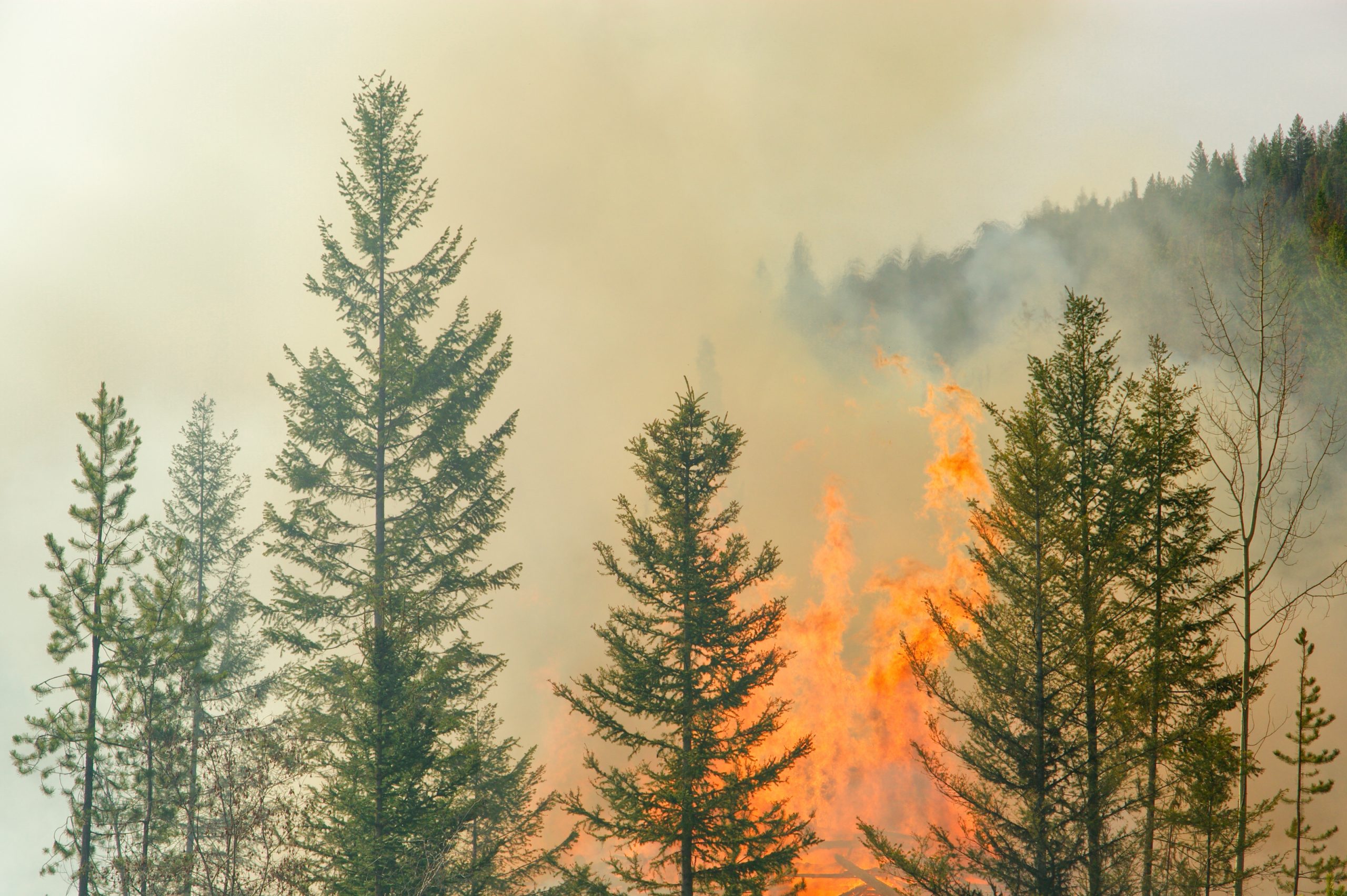The U.S. Department of Education on Earth Day (April 22) announced the 2022 U.S. DOE Green Ribbon Schools, District Sustainability awardees, and Postsecondary Sustainability awardees.
Across the country, 27 schools, five districts and four postsecondary institutions were honored for their innovative efforts to reduce environmental impact and utility costs, improve health and wellness, and ensure effective sustainability education.
“This year’s U.S. Department of Education Green Ribbon Schools honorees have raised the bar for sustainability, healthy and safe school environments, and hands-on learning experiences that connect students of all ages to the world around them,” said U.S. Secretary of Education Miguel Cardona. “As we recover from a pandemic that highlighted the need to modernize school infrastructure, improve ventilation, and create versatile indoor and outdoor learning spaces, we have an opportunity to invest in sustainable practices that enhance student learning, health, and well-being.”
California’s awardees included one full district, two individual district schools, one charter school and one private school. CSBA member districts and schools are highlighted below.
Merced Union High School District
Located at the center of an agriculture-based economic community in California’s central valley, Merced Union HSD comprises six comprehensive high schools and two alternative education sites. Students in the district face multifaceted environmental issues due to its location in the lower level of the valley, where the air quality is some of the worst in the nation. In addition, students face toxic chemicals in the drinking water, hazardous air quality levels due to forest fires, and chemical exposure from pesticide usage in agricultural fields near their homes. To combat these negative factors, students are taking a leadership role to champion environmental justice issues.
MUHSD’s Energy Conservation Plan focuses on reducing energy costs, developing a greener footprint, and promoting energy education and sustainability districtwide. In 2018, students at each school participated in a districtwide energy conservation competition in which students shared energy saving tips and suggested actions. The district used the information to make informed conservation decisions. The district implemented solar panels for each school under a power purchase agreement with no upfront cost to the district and the estimated savings over the life of the 28-year contract is more than $4.5 million.
Asthma is the most common cause of absenteeism in the Central Valley, which can be affected by indoor air quality and space humidity. Custodial staff use low-fragrance cleaning supplies, and yard
work such as mowing and blowing is done early in the morning before students arrive or late in the afternoon after students have gone home. In addition, all campus vacuums were converted to high-efficiency particulate air (HEPA) filters to further reduce particulate matter from becoming airborne.
Read more about MUHSD’s efforts.
Altamont Creek Elementary School
Located just east of the San Francisco Bay Area, this elementary school in Livermore Valley Joint Unified School District is surrounded by rolling hills, an expansive vista, a creek and undeveloped land. The school’s surroundings promote student questions leading to inquiry and investigations, allowing it to integrate sustainability and environmental literacy into the curriculum, focusing on improving health and wellness, reducing waste, and empowering the community as problem solvers. Outdoor learning includes a 2,900-square-foot main garden, a certified National Wildlife Federation Wildlife Habitat, a bay-friendly garden, and an Audubon bird habitat. A “bird cam” allows students to view bird feeders and the garden from inside the classroom. Students engage in health, place-based environmental science and nutrition education activities in the school’s garden.
In 2015, Altamont Creek Elementary School established an initial five-year sustainability plan, which provided a framework for addressing energy, solid waste, carbon emissions, water usage, transportation, and the health and safety of staff. The on-site photovoltaic system generates 95 percent of the school’s annual electricity usage; the balance comes from the local utility’s renewable choice option. In 2017, the school developed a model solid waste program in partnership with the local waste management authority and state grant funding to reduce waste, featuring share tables, waste audits, composting and local food pantry donations.
To improve environmental and air quality in the area, Altamont Creek works closely with Alameda County Transportation Commission Safe Routes to Schools to increase the number of children who walk or bicycle to school by funding projects that remove the barriers that currently prevent them from doing so. The school has also established an “idle free” zone for all vehicles on school grounds.
Read more about Altamont Creek Elementary School.
Katella High School
Part of the Anaheim Union HSD, Katella High reduced its non-transportation energy use by 27.7 percent and its greenhouse gas emissions by 57 percent from 2016 to 2022 through the replacement of all lighting ad high-efficiency tankless water heaters. Students in advanced placement environmental science classes help by participating in the California Energy Conservation Competition, in which they develop a campaign to promote energy conservation, create energy conservation signs for classrooms, audit each classroom for its energy use, and suggest ways for teachers and students to reduce energy use at school and home.
In 2016, Katella High received California’s Drought Response Outreach Program for Schools
grant, which established the school as a water reclamation site. The campus was redesigned to
collect, filter and recycle water from storms, irrigation and clean-up, which led to a 43-percent reduction in water use from 2016 to 2022. In other environmental conservation efforts, the school bus fleet includes 12 electric buses and a reported 58 percent of students use the school bus, 18 percent walk, 6 percent use human-powered modes of transportation (i.e., bike, scooter, skateboard) and 2 percent use public transit to get to school.
The school’s Sustainability Garden and Learning Center has two greenhouses, an aquaponic garden, 10 raised plant beds and an outdoor learning lab with six student-assembled benches. The garden serves as a place to extend teaching and learning into context with hands-on activities.





